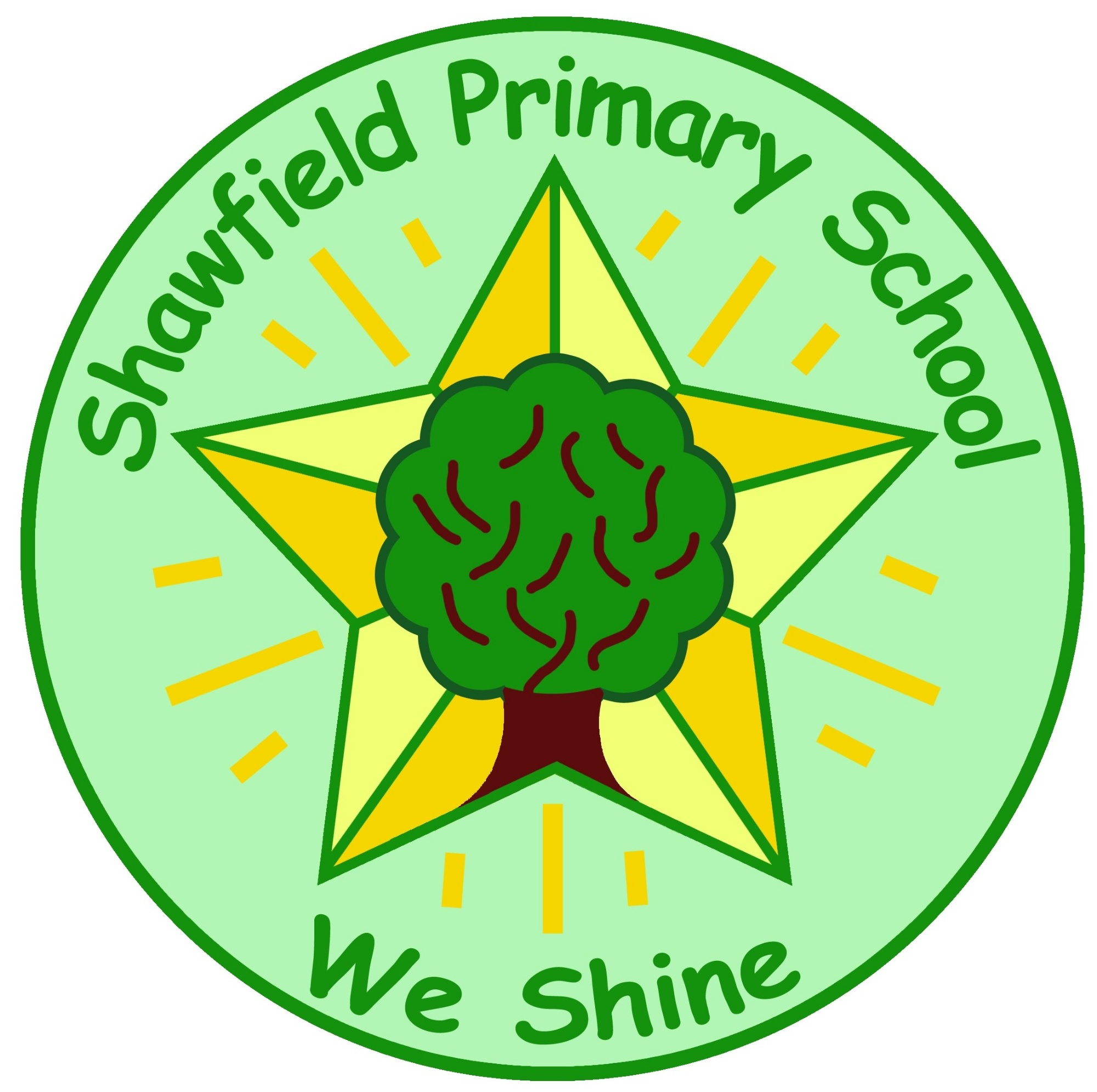Art
Intent
At our school, we believe that Art and Design is a vital part of a rich and balanced curriculum. It nurtures creativity, develops critical thinking, and allows pupils to express ideas and emotions through a wide range of media. Through the CUSP Art and Design curriculum, we aim to inspire pupils to think, work and communicate as artists — building the knowledge, skills and vocabulary they need to create, evaluate and appreciate art in all its forms.
Our intent is to provide a carefully sequenced, evidence-led curriculum that enables children to progressively develop artistic knowledge and skills from Early Years to Year 6. Pupils explore a range of disciplines — including drawing, painting, printmaking, textiles, 3D work and collage — revisiting these areas throughout their journey to deepen understanding and refine technique.
We want our children to:
-
Develop curiosity, confidence and independence as artists.
-
Build a rich visual and emotional vocabulary to express opinions about their own work and that of others.
-
Learn about diverse artists, art movements and cultures, making meaningful connections across the curriculum.
-
Understand the elements of art — shape, line, colour, value, form, texture and space — and apply them purposefully in their creative responses.
Implementation
Art and Design is taught using the CUSP (Curriculum Unity Schools Partnership) approach, which provides a clear structure for progression and high-quality teacher support. The curriculum is organised into blocks, each focusing on a specific artistic discipline or combination of techniques. Every block builds on prior learning, ensuring pupils revisit key skills with increasing complexity and confidence.
Each module follows a consistent structure:
-
Context and core knowledge are introduced through clear lesson sequences and Knowledge Notes, helping pupils understand techniques, materials and artistic vocabulary.
-
Video guidance and exemplifications support teacher subject knowledge and ensure consistency in high-quality delivery.
-
Oracy and vocabulary development are integral to every lesson. Pupils learn to talk meaningfully about their art, using technical and emotional language to describe and evaluate their work.
-
Assessment for learning is continuous. Teachers use questioning, observation and reflection tasks to gauge pupils’ understanding of techniques, tools and effects.
-
Inclusive practice ensures all pupils, including those with SEND, can access art through adapted materials, visual supports and differentiated tasks.
Across the year, children learn through a balance of explicit instruction, exploration, and creative response. For example, in early years pupils explore materials and mark-making, while in upper key stage two they refine techniques such as batik, perspective, reduction printing and mixed-media sculpture. Links to literature, artists and global art traditions enrich each block, promoting cultural capital and cross-curricular understanding.
Impact
By the time children leave our school, they will have developed:
-
A deep understanding of the key elements of art and design and how to apply them across media.
-
The confidence to think and behave like artists — exploring ideas, taking creative risks, and reflecting thoughtfully on their work.
-
A rich visual and emotional vocabulary to articulate opinions and respond to art critically and respectfully.
-
An appreciation of art in historical, cultural and contemporary contexts.
The impact of our curriculum is evident in childrens’ sketchbooks, which document progression in skill, creativity and understanding over time. Teachers assess pupils formatively throughout each block using questioning, vocabulary tasks, and exemplifications of expected outcomes. Most importantly, pupils demonstrate increasing independence, resilience and enjoyment in the creative process.
Our Art and Design curriculum, supported by CUSP, ensures that all children leave primary school with the knowledge, confidence and passion to continue exploring and enjoying art in the wider world.
